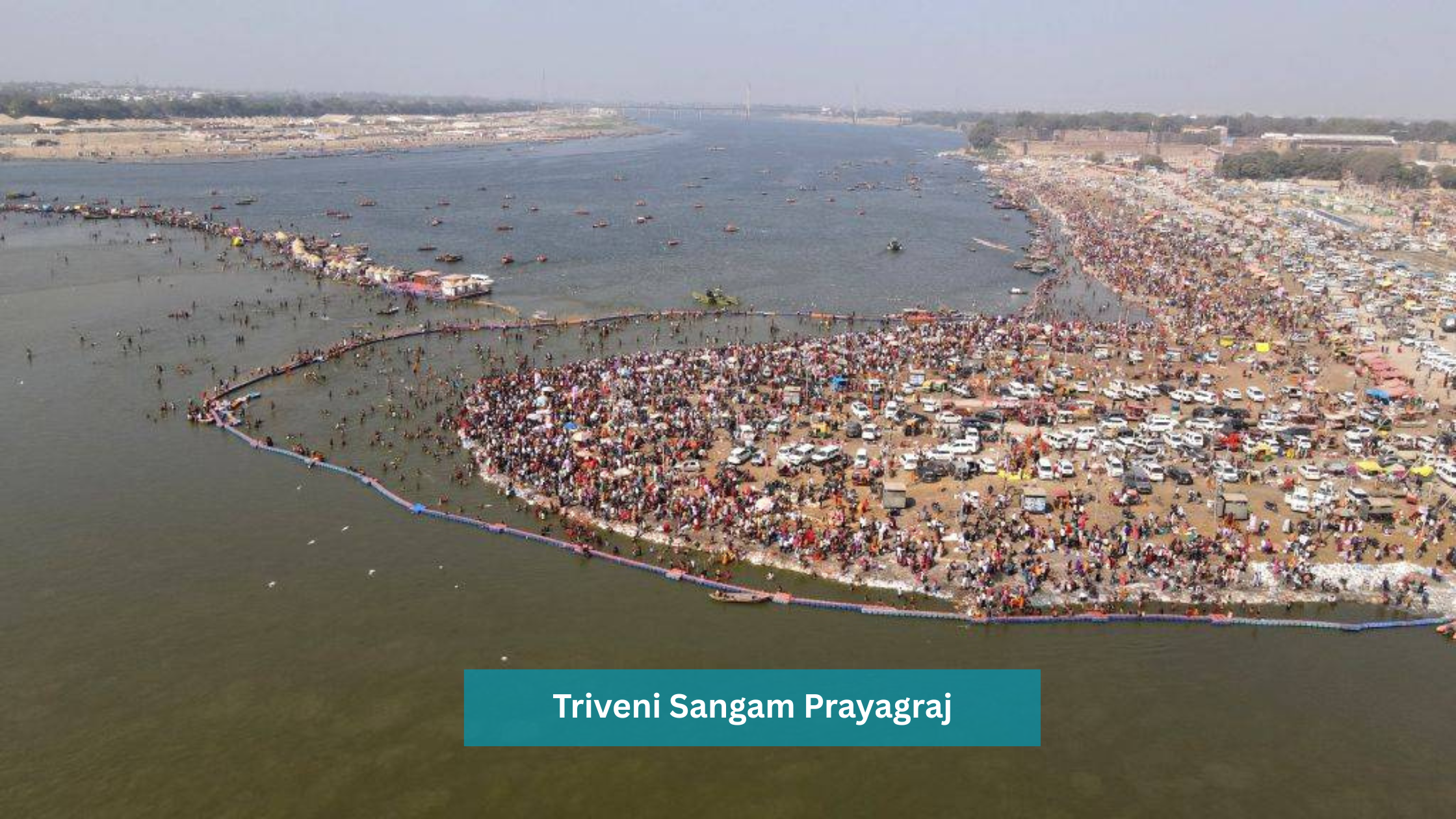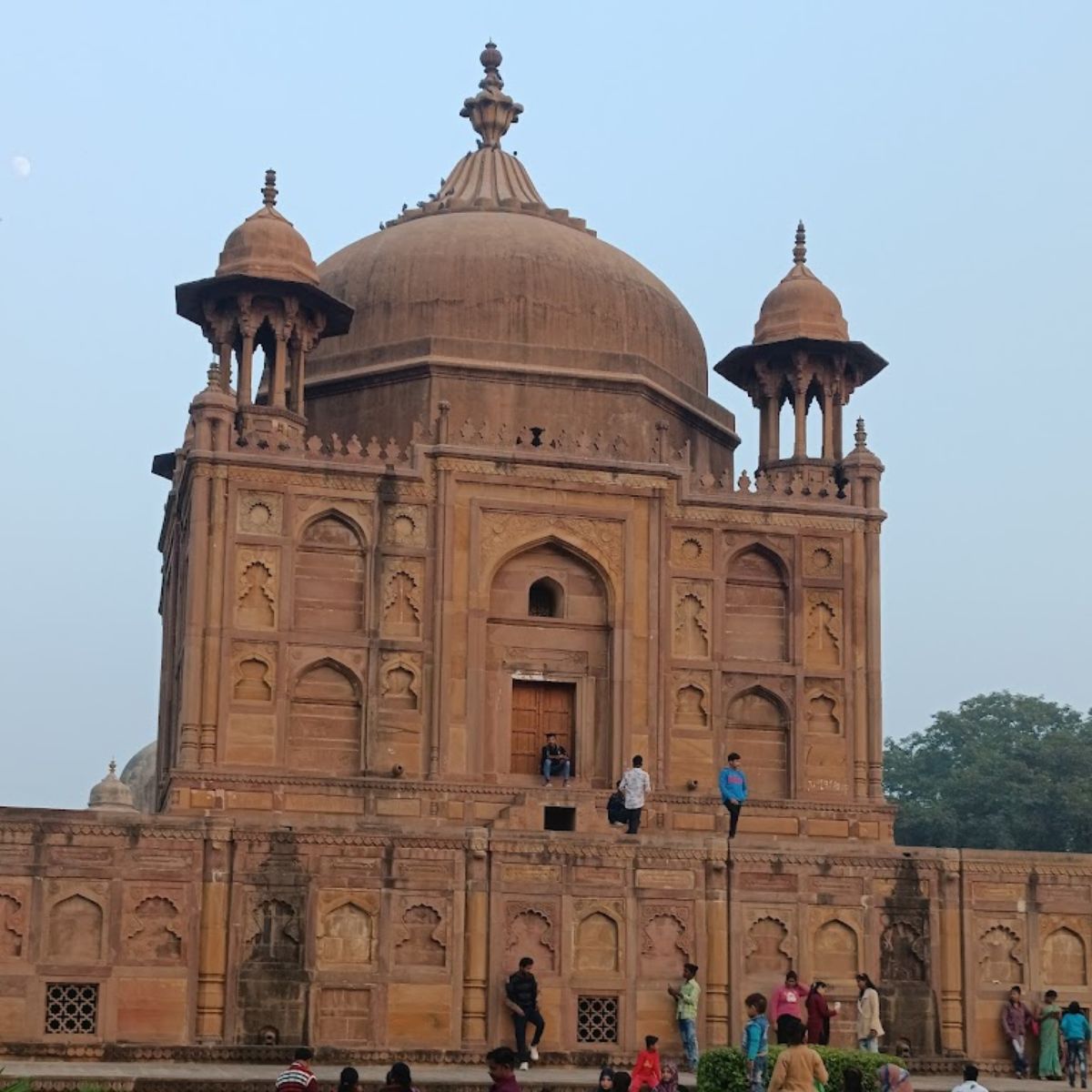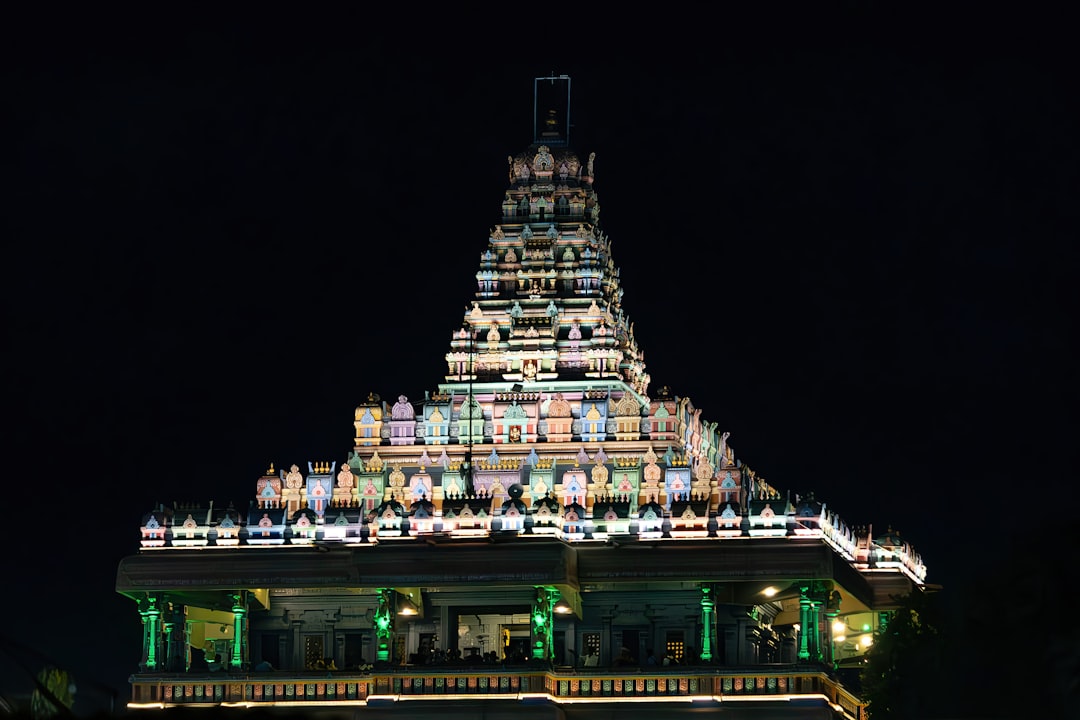Discover the divine essence of Triveni Sangam Prayagraj — the holy confluence of the Ganga, Yamuna, and Saraswati rivers. Explore its spiritual importance, cultural history, and timeless connection to India’s heritage.
Where Faith Meets Eternity
At the heart of Prayagraj (formerly Allahabad) lies one of the most sacred and spiritually charged places in India — the Triveni Sangam, the confluence of the Ganga, Yamuna, and the invisible Saraswati rivers.
For centuries, this divine meeting point has been more than a geographical wonder — it is a symbol of purity, salvation, and eternal faith. Every sunrise over the Sangam brings with it chants, rituals, and prayers that echo the city’s timeless bond with spirituality and Indian culture.
The Spiritual Significance of Triveni Sangam
In Hindu mythology, the Triveni Sangam holds unparalleled sanctity. The merging of the three rivers is believed to cleanse sins, free souls from the cycle of birth and death, and bring one closer to moksha (liberation).
According to the Puranas, the Saraswati River, though invisible, still flows beneath the earth and joins the Ganga and Yamuna at this sacred spot. The union of these three rivers is seen as a divine representation of spiritual unity — body, mind, and soul — merging into eternal consciousness.
During dawn, priests perform rituals, devotees take holy dips, and the riverbanks fill with offerings of flowers, diyas, and prayers. This ritual, known as “Snan”, symbolizes cleansing the spirit and beginning anew — a belief deeply rooted in India’s cultural DNA.
The Historical and Cultural Legacy
The Triveni Sangam is not only a spiritual center but also a witness to India’s evolving history. Ancient scriptures and epics like the Ramayana, Mahabharata, and Rigveda mention Prayagraj as a land blessed by divine presence.
The site was a major center of learning and culture during the Maurya, Gupta, and Mughal eras. Emperor Akbar, recognizing its religious and strategic importance, founded the city of Ilahabas here in the 16th century, which later became Allahabad under British rule and is now officially Prayagraj once again.
Over time, the Triveni Sangam has evolved into a cultural symbol — blending spiritual devotion, architecture, literature, and heritage into a single narrative that continues to define the soul of the city.
Kumbh Mela: The Grand Celebration of Faith
Every twelve years, the Triveni Sangam becomes the epicenter of the Kumbh Mela, the largest human gathering on Earth. Pilgrims, saints, sadhus, and devotees from every corner of India arrive to take part in this sacred festival.
The Kumbh Mela of Prayagraj represents more than ritual bathing — it signifies the unity of humanity through faith. Millions take a dip in the holy waters, believing it to wash away karma and lead to spiritual awakening. The event also serves as a vibrant showcase of India’s cultural diversity, attracting photographers, writers, and travelers from around the globe.
The Geography and Beauty of the Confluence
Visually, the Triveni Sangam is mesmerizing. The greenish waters of the Yamuna meet the brownish flow of the Ganga, creating a visible distinction where the two merge.
The Saraswati, though unseen, is felt through belief — her presence completing the divine trio.
Boat rides along the confluence offer a tranquil view of spiritual life on the ghats, with priests chanting hymns, pilgrims offering prayers, and seagulls hovering over the calm waters. The view of the Allahabad Fort, built by Akbar in the background, adds a historical charm to this divine landscape.
Religious Rituals and Ceremonies at Sangam
Every day, thousands gather at the Sangam for various rituals. From morning aartis and pind daan (offerings for ancestors) to Ganga puja and astrological ceremonies, every act performed here holds immense spiritual energy.
During Magh Mela, which occurs annually, temporary camps line the riverbanks where pilgrims stay for a month-long spiritual retreat called Kalpavas — a disciplined life of meditation, fasting, and river worship.
These rituals aren’t just religious customs; they are an embodiment of the living faith that connects generations across centuries in Prayagraj.
The Role of Triveni Sangam in Modern Prayagraj
Even as Prayagraj embraces modernization — with its Smart City initiatives, infrastructure projects, and growing tourism — the Triveni Sangam remains the spiritual heartbeat of the city.
Visitors from around the world come not just to witness a religious site, but to experience a profound sense of peace and connection that transcends religion and time.
Local businesses, boatmen, and ashrams thrive around this sacred economy, making the Sangam a vital contributor to Prayagraj’s cultural and economic identity.
Best Time to Visit Triveni Sangam
The ideal time to visit is between October and March, when the weather is pleasant and several religious festivals take place.
However, if you want to witness the spiritual grandeur in its full glory, visit during the Magh Mela (January–February) or the Kumbh Mela (once every 12 years). Early mornings and sunset hours are perfect for peaceful boat rides and aarti experiences.
How to Reach Triveni Sangam
Prayagraj is well-connected by air, rail, and road:
- By Air: The Prayagraj Airport (Bamrauli) has regular flights from Delhi, Lucknow, and other major cities.
- By Train: Prayagraj Junction (Allahabad Junction) is one of the busiest railway stations in North India.
- By Road: NH-19 connects Prayagraj with Delhi, Varanasi, and Kanpur, making it accessible by car or bus.
From the city center, the Sangam is just a short auto or cab ride away.
Preserving the Purity of the Sangam
With increasing tourism and religious activities, maintaining the ecological balance of the Sangam is crucial.
Several government and NGO-led projects aim to reduce pollution, manage waste during festivals, and ensure that the spiritual sanctity of the confluence remains intact for future generations. Sustainable tourism and community participation are key to protecting this sacred heritage.
Conclusion: A Timeless Flow of Faith and Humanity
The Triveni Sangam in Prayagraj is not just a point where rivers meet — it’s where faith meets eternity. It is a place that connects people to their roots, their beliefs, and something far greater than themselves.
From the whispers of ancient scriptures to the chants of millions during the Kumbh, the Sangam continues to flow — eternal, sacred, and deeply human — just like the spirit of Prayagraj itself.



